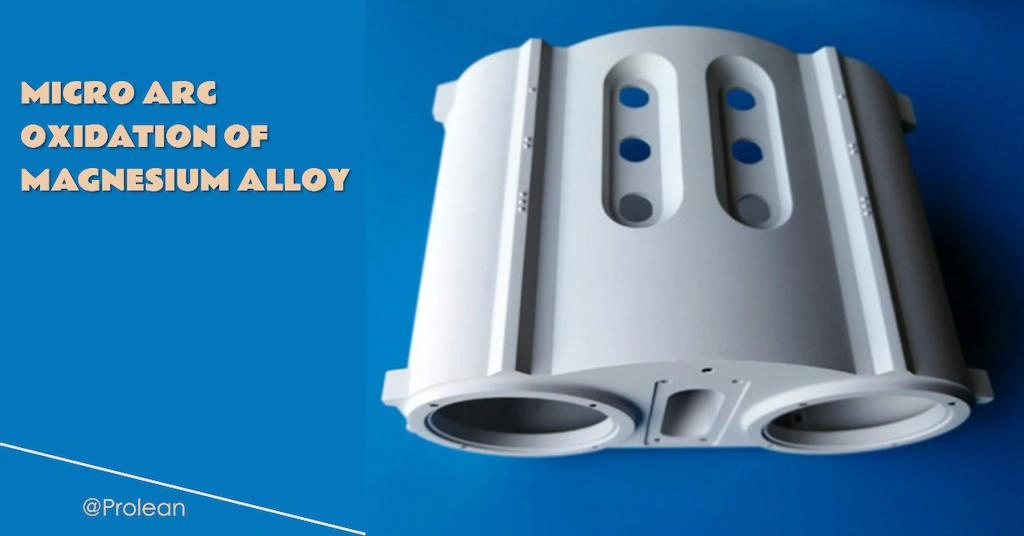
Although having a good strength-to-weight ratio, some applications are limited for magnesium alloys in the automotive, medical, and electronics industries. This is due to the risk of wear and rust formation. However, this can be avoided by a suitable surface finish.
With micro arc oxidation of magnesium alloy, you can transform their surface into a durable oxide layer. This thick and hard ceramic coating primarily involves magnesium oxide, possibly incorporating other compounds from the electrolytic bath.
Automotive gear housing, bicycle frames, orthopedic implants, and many other products made from magnesium alloys use micro arc oxidation finish.
Let’s discuss how micro arc oxidation coating works and its benefits when applied to magnesium parts and products.
What is Micro Arc Oxidation (MAO)?
Micro arc, or plasma electrolytic oxidation, is a chemical and electrochemical process of developing a hard ceramic-like crystalline layer on metal substrates. The layers serve as a natural barrier to external factors, protect metal from rust, wear, and abrasion, and provide electrical insulation.
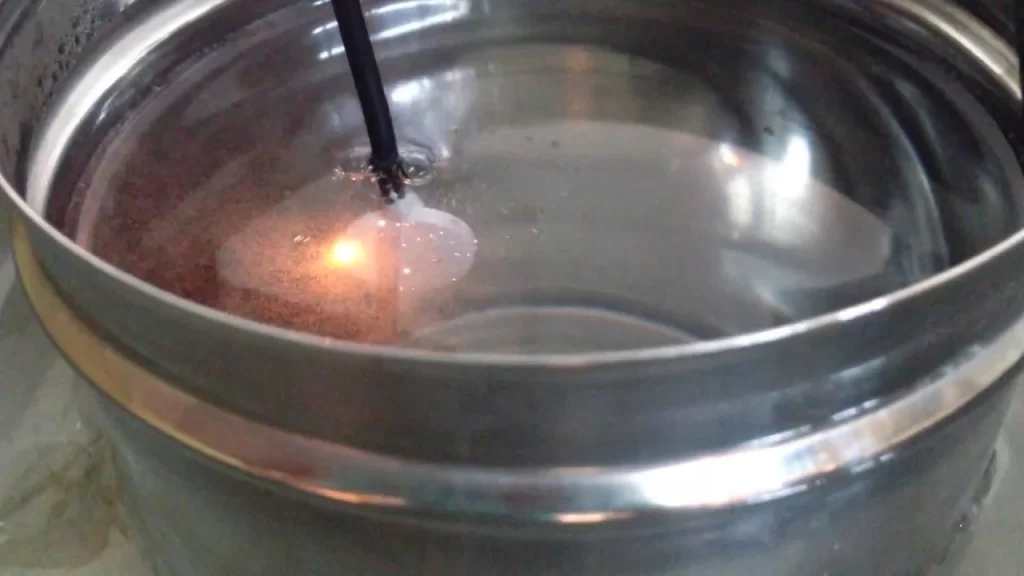
Plasma electrolytic oxidation
Micr Arc Oxidation (MAO) coating is applied as the metal surface finishing on aluminum, titanium, and magnesium. A high voltage current on an anodic bath causes micro arc formations from the substrate surface and causes the growth of the oxide layer in both directions.
This surface treatment can add value by enhancing surface properties and the lifespan of underlying parts. If you are thinking about magnesium parts but are concerned about their corrosion, wear, and performance over time, you can eliminate these issues with Micro Arc oxidation coating.
Try Prolean Now!
How Does Micro Arc Oxidation Work on Magnesium Alloys?
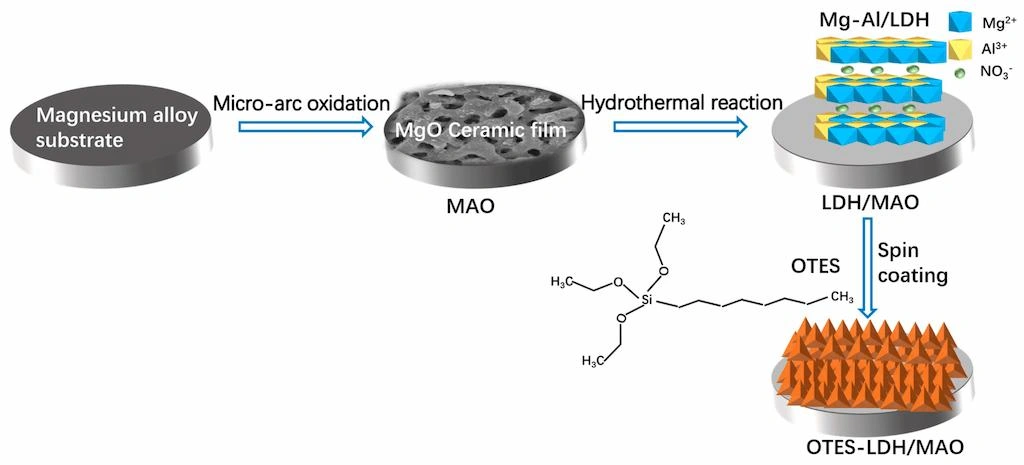
Micro arc oxidation process
Micro arc oxidation coating involves anodic oxidation of magnesium surface through spark generation. This is achieved through electrochemical treatment in an aqueous solution with a voltage range of 600V. The voltage, processing time, and other parameters can be adjusted according to the desired coating thickness.
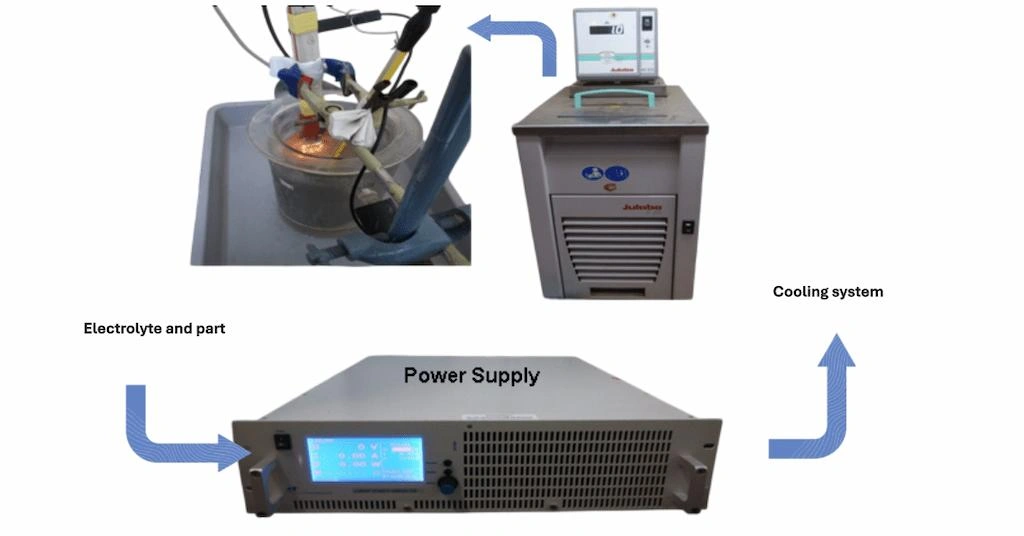
MAO setup
The high-voltage pulsed AC initiates plasma discharges on the magnesium surface. These discharges occur when the voltage surpasses the dielectric breakdown threshold.
- Magnesium Substrate ⟶ Anode
- Insert material ⟶ Cathode
- Anodic oxidation forms a thin and dense layer
- Horizontal growth of oxide layer to achieve desired thickness
For customizations of the MAO coating layer, the manufacturer mixes additives with the electrochemical solution. Once you make the setup, you can treat many batches for surface finish, reducing the overall cost.
Key Benefits of Micro Arc Oxidation Coating for Magnesium Alloys
The use of micro arc oxidation has several benefits in terms of performance, durability, and aesthetics of magnesium alloy products;
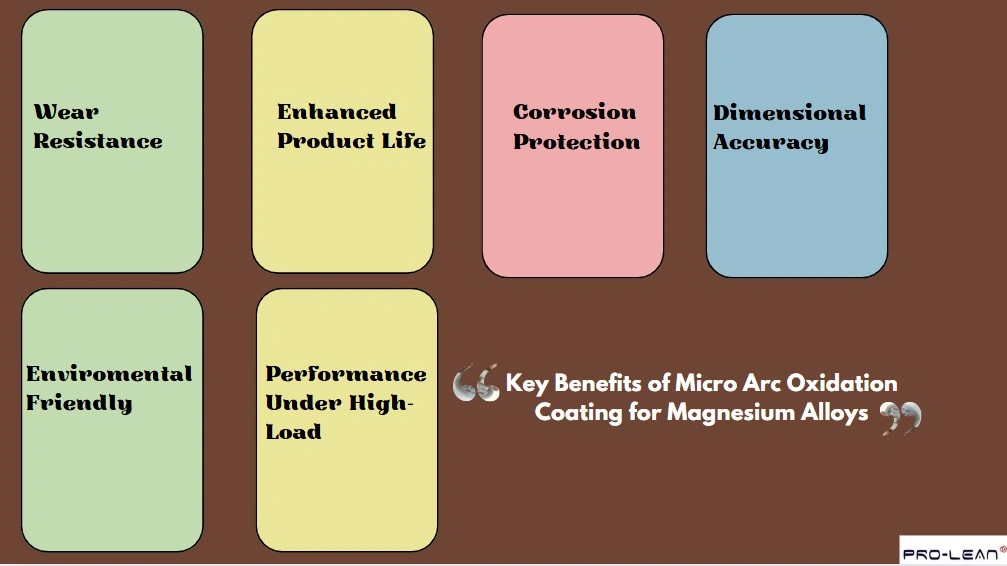
Benefits of MAO
Let’s dissect what kinds of benefits it offers to magnesium alloys in six points;
- Wear Resistance
Incorporating additives and crystallization improves the surface hardness of magnesium alloys and makes them wear-resistant. It can make magnesium alloys harder than that of steel surfaces.
- Enhanced Product Life
The hard coating of Micro-arc oxidation on magnesium alloy parts can increase the product life by 5 to 10 times.
- Corrosion Prevention
The MAO coating layer blocks the corrosive agents like moisture and salt from reacting with underlying magnesium alloys. This chemical stability enhances resistance to oxidation and degradation.
- Dimensional Accuracy
The coating thickness of 40 ± 5 μm is easily achievable; this consistency does not influence the part’s dimensional accuracy.
- Environmental Friendly
Additionally, the MAO coating processes are more environmentally friendly.
- Performance Under High Loads
The hard ceramic coating allows the surface of the magnesium products to provide stable performance under high-stress conditions.
Applications of Micro Arc Oxidation on Magnesium Alloys
Are your magnesium products similar to the application examples below( not limited to)? If so, micro arc oxidation coating is a viable metal surface finish option.
Automotive Industry
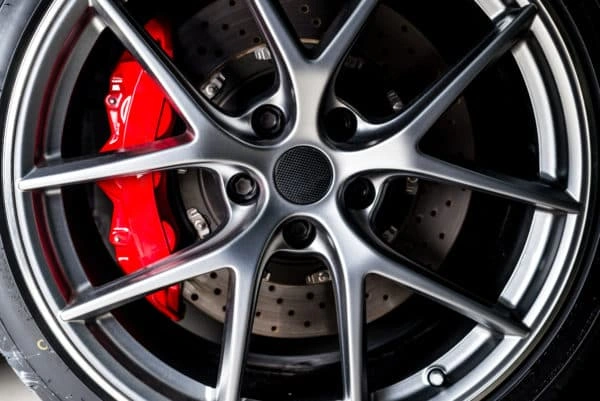
Automotive MAO coating
MAO-treated oxide layers are adhesive and environmentally robust. Thus, high-temperature and stressed engine components are often coated with metal arc oxidation. Additionally, you can finish with specific surface textures or thermal conductivity.
- Automobile engine blocks
- Transmission assemblies
- Cylinder head cover
- Steering wheel components
- Suspension arms
- EV’s battery casings
- Gearbox housing
Aerospace Industry
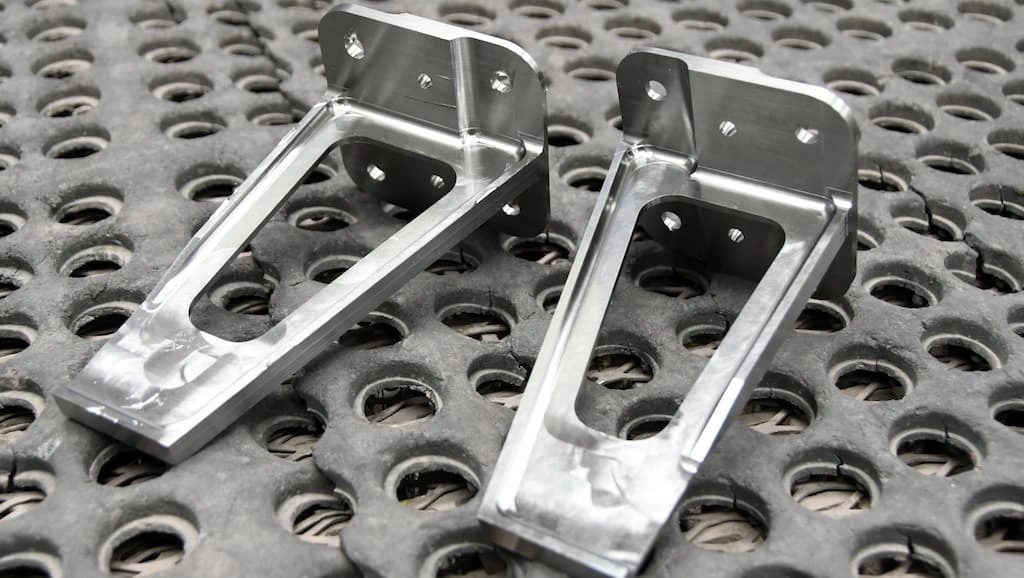
Aircraft brackets
The fatigue resistance of magnesium components can be enhanced by MAO, which is essential for the aviation industry. Next, the coating also helps avoid material degradation risk in harsh environments. This is suitable for both structural and non-structural aerospace items.
- Aircraft gearbox casings
- Rotor blade components
- Structural supports
- Satellite panels
- Casings for landing gear
Electronics industry
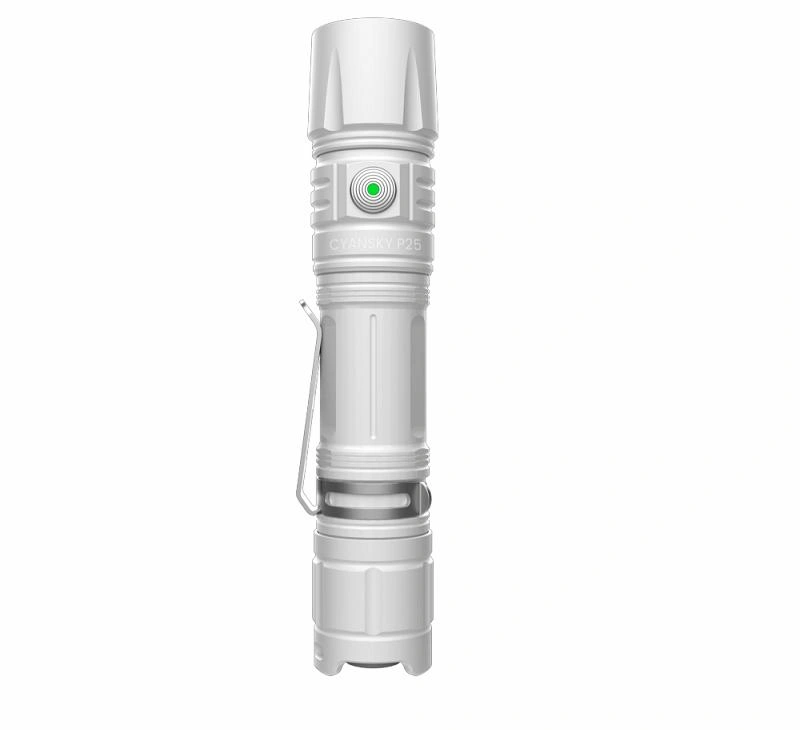
MAO coating in electronics
MAO can guard electronics products against extreme humidity or pollutant exposure. It also adds scratch resistance and aesthetics to these appliances. Its applications are in smartphones, laptops, and tablets.
- Laptop casings
- Smartphone frames
- Tablet housings
- Camera bodies
- Wearable device enclosures
- Drone casings
- Power Bank shells
Medical Industry
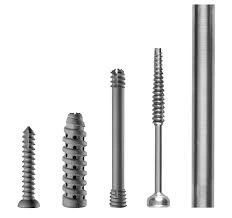
Magnesium applications for medical
The coatings support cell adhesion and proliferation for integration with surrounding tissues, which is beneficial for medical implants. Additionally, the MAO process makes medical components antimicrobial.
- Dental implants
- Bone screws
- Orthopedic implants
- Temporary fixation devices
- Surgical tools
Sports Industry
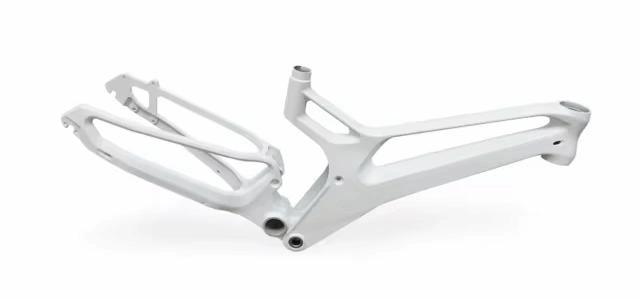
Bicycle frame
Repetitive use is essential for sports equipment, as the hard oxide layer formed during MAO provides excellent resistance to abrasion and impact for this desired durability. Furthermore, the ability to create customized surface texture benefits their aesthetics.
- Bicycle frames
- Tennis racket frames
- Golf club heads
- Fishing reels
- Ski bindings
- Archery bow components
Try Prolean Now!
Can I Customize the Appearance of Magnesium Alloy Parts Using MAO?
The typical color of magnesium micro-arc oxidized surface involves matt white, light grey, or off-white. However, the exact appearance differs on oxide composition and layer thickness.
You can also customize the appearance by adding pigments and additives in an oxidizing solution. Adjusting the AC pulse, multi-layer coating, and thick coating can also alter the appearance.
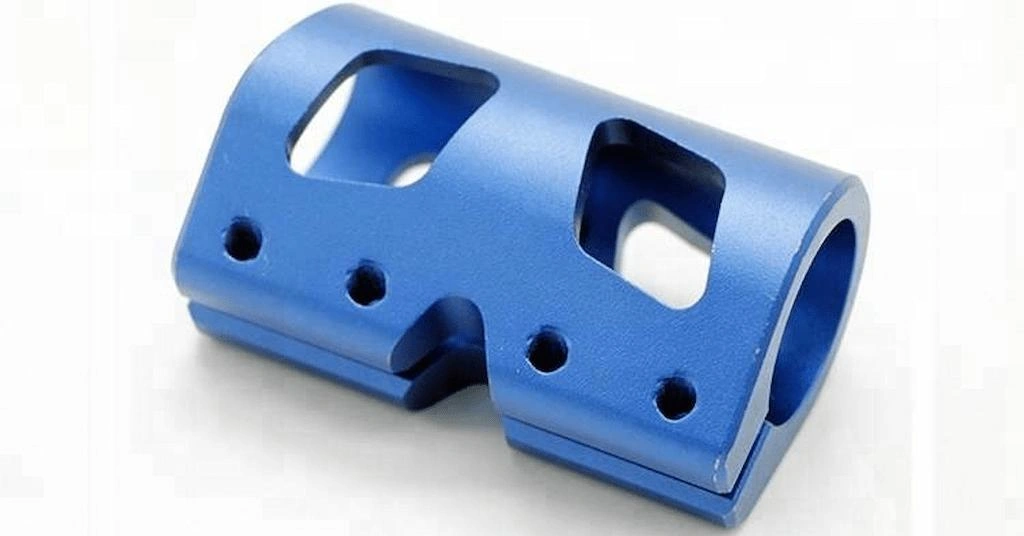
Custom color of MAO-coated magnesium part
Furthermore, customizing the color of MAO-coated magnesium parts by immersing them in a dye solution is another option.
Often, machining magnesium alloy parts are first coated with micro arc oxidation and treated in a suitable die solution for a custom appearance. The nano-porous structure of the MAO coating absorbs the dye and gives it a long-lasting appearance. However, the time required to dye ordinary magnesium can be relatively longer than that of dyeing ordinary magnesium.
Other Surface Finishing Options for Magnesium Alloys Parts
Besides plasma arc, other different types of surface finishes can be applied to magnesium parts, whether they are die-cast or CNC machined. For example, chemical conversion coating, anodizing, and electroless nickel coating.
- Chemical Conversion Coating: It involves the chemical deposition of a superior metal layer on a magnesium surface, e.g., chrome plating.
- Anodizing: This is an electrochemical method that thickens the natural oxide layer on the magnesium surface and offers diverse aesthetics.
- Electroless Nickel Plating: It involves developing a thin nickel-phosphorous layer on the surface, often as a base for further coating or painting.
Practical Tips for Mirco Arc Oxidation of Magnesium Alloys
Achieving desired surface properties, texture, and color with a micro-arc oxidation finish requires consideration of several factors, from electrolyte composition to post-treatment.
The following are some practical tips;
- Clean the Parts:
Remove any dust, debris, grease, oils, or chemical contamination before the process.
- Electrolyte Composition:
Alkaline electrolytes can be used with additives like silicate or phosphate; slat concentration can range from 5 to 50 g/liter. Higher concentrations boost the speed of layer thickening.
- Correct Voltage and Current Density:
Correct voltage and current density are essential to balance the hardness of the coating and roughness level. Apply voltage of 200 to 700 V and current density of 0.1 to 15 A/dm².
- Temperature Control of Electrolyte:
The high voltage used to ignite the plasma arc from the magnesium surface can overheat the electrolyte and even the whole setup. Therefore, use a proper cooling system to maintain temperatures below 50°C.
- Post-Treatment of Finished Items:
Remove electrolytes and process residues from the part/product surface and dry them to stablalize them from moisture issues.
Try Prolean Now!
Summing Up
Micro arc oxidation coating is a suitable finish for magnesium alloy products, especially if you are looking to enhance their corrosion resistance, scratch &abrasion resistance, and electrical insulations. At the same time, considering the magnesium properties to set electrochemical parameters and processing time is crucial to achieve the desired finish qualities.
If your business needs ready-to-use (or sell) metal parts with high-quality coatings, ProleanTech can help you. Our finishing service provides the desired texture, smoothness, and appearance to your metal parts.
The advanced post-processing and surface finishing facility at ProleanTech has various methods to offer, from beadblasting and deburring to anodizing and metal arc oxidation. So contact us for manufacturing and finishing solutions.
FAQs
What is micro arc oxidation on magnesium alloy?
Micro-arc oxidation (MAO) is an electrochemical surface finish method that enhances magnesium alloys by forming a ceramic oxide layer through high-voltage discharges in an alkaline electrolyte.
Can MAO be used on other metals besides magnesium alloys?
Yes, MAO can be applied to other metals, including aluminum and titanium. However, electrolyte composition, processing variables, and end properties vary from one type to another of metal.
What industries benefit most from MAO-treated magnesium alloys?
Industries like automotive, aerospace, medical, aerospace, and sports equipment industries benefit from MAO-treated magnesium alloy products in terms of enhancing performance and durability.

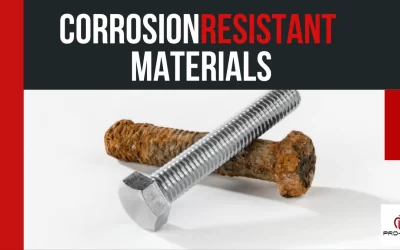
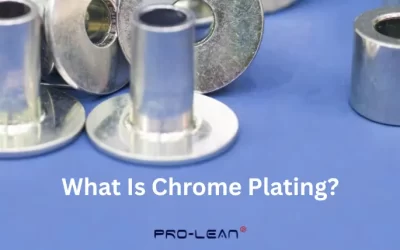
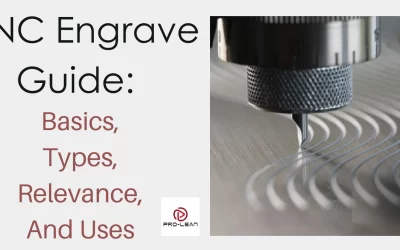
0 Comments